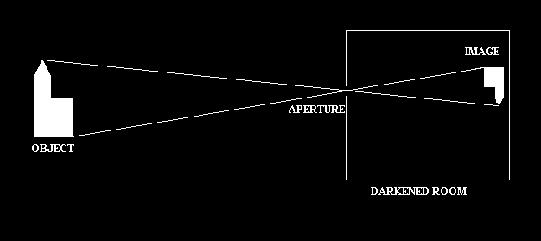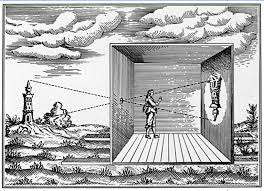History of Photography
The first process of photography was called heliography which was invented by Nicephore Niepce in the year 1824. In this process, images are obtained after several days by bitumen of Judea on a silver plate.
In 1829, Niépce relates to Louis Jacques Mandé Daguerre in his research.
Origin of the camera
There were several scientific inventions that took place for the betterment of people. One of the best achievement was the invention of the camera which can catch human activity. Photographic technology is changed over many generations.
It starts with camera obscura and then extends with the introduction of new technology including calotypes, dry plates, daguerreotypes, and today digital cameras. Digital cameras have completely changed the history of photography because it produces the best quality of images.
Camera Obscura
In Latin word, the Obscura means a dark room, which was used to take the picture from the other side of the camera. This concept was taken from a Chinese concept to where images are projected on a surrounding wall.

(an example of camera obscura)
Working of camera obscura
It was an ancient optical device which was used to capture an image. It was the most basic form of a camera which was quite simple. In a dark room, a small hole was placed on the opposite wall such that whatever be outside, was appeared on the wall but the image captured was upside-down or inverted.

(an image generated by camera obscura)
While capturing the images, the size of the hole present in the darkroom played a very important role. If the size of the hole was small, then a sharp and well-focused image had appeared on the wall and if the size of the hole was larger, then a bright image was produced but that was very less focused.
Due to the rectilinear propagation of light, the light travelled in a straight line. Later on, Vermeer and Canaletto two artists worked on brightness and clarity of an image.
